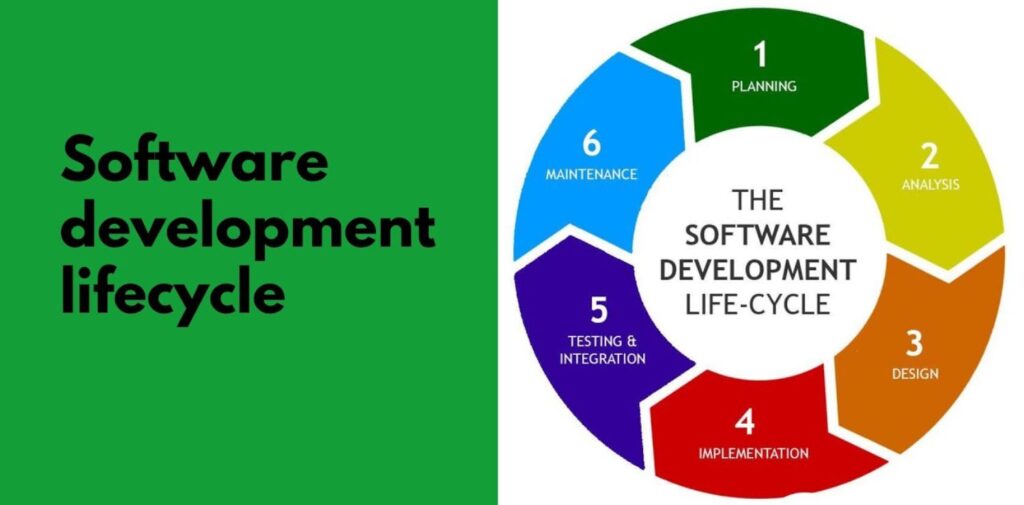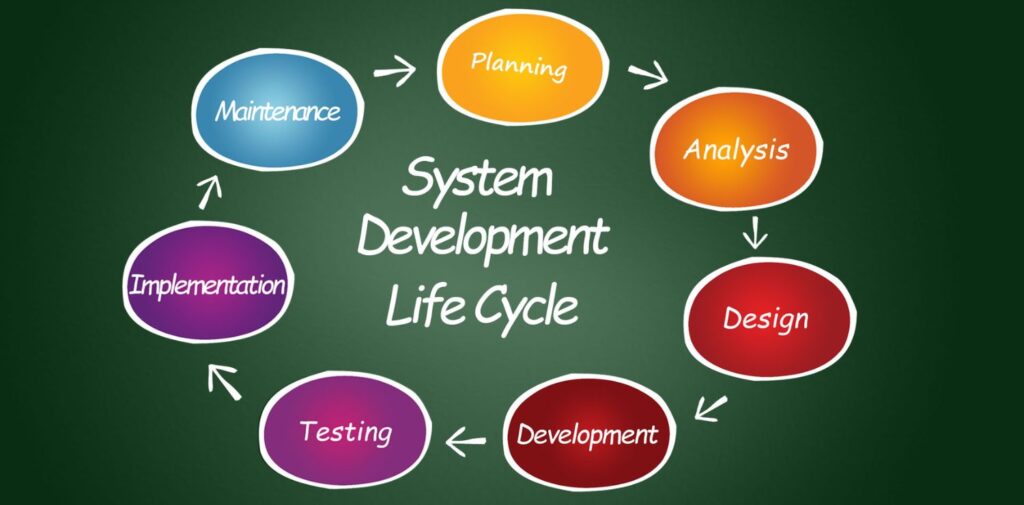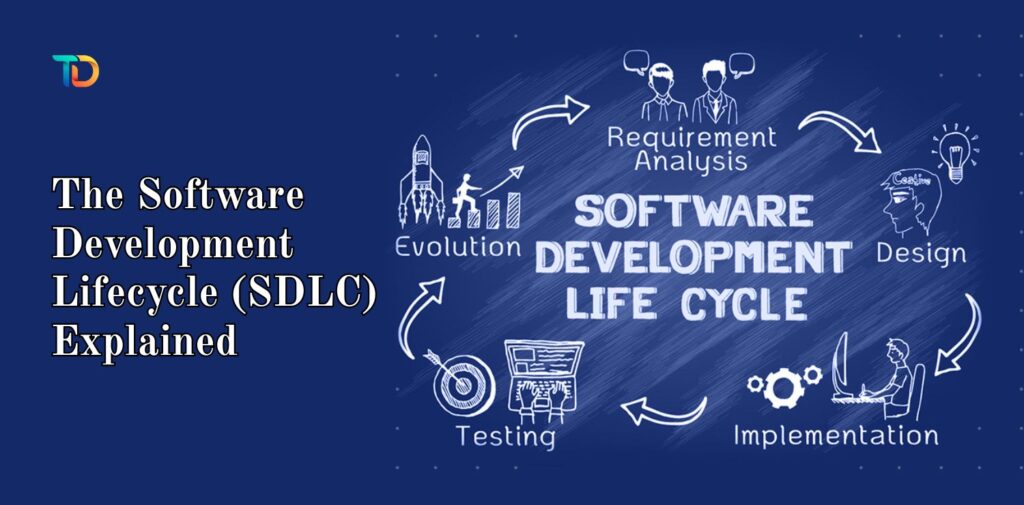The Software Development Lifecycle (SDLC) is a process that is followed by software developers to create software applications. It is a systematic approach that helps in planning, designing, developing, testing, and maintaining software efficiently. Whether you are building a mobile app or a web application, SDLC helps ensure that the project is completed on time, within budget, and meets the required quality standards.

What is SDLC?
SDLC stands for Software Development Lifecycle, and it describes the stages involved in software development from its inception to the final product. Each stage serves a specific purpose and contributes to the overall success of the project. By following the SDLC, developers can ensure that the software they are building meets user expectations and works efficiently.
Stages of SDLC
SDLC is divided into different stages, each with its own goals and tasks. Let’s take a look at these stages one by one.
1. Planning and Requirement Gathering
In this initial stage, the project’s requirements are gathered from the client or stakeholders. The goal is to understand what the users need and the purpose of the software. Based on this information, developers can begin to plan how the software will be built. Proper planning helps avoid misunderstandings later and ensures that the project stays on track.
2. Feasibility Study
Once the requirements are gathered, the next step is to analyze whether the project is feasible. This means looking at factors like cost, time, technology, and resources. A feasibility study helps in understanding whether the project can be completed within the given constraints.
3. Design
In this stage, the software’s architecture is designed. This includes creating diagrams, system models, and defining how the software will work. The design phase involves both high-level design (overall architecture) and detailed design (specific components). A well-thought-out design ensures that the development process runs smoothly and the software will be user-friendly.
4. Development
The development stage is where actual coding begins. Developers write the software using programming languages like Java, Python, or PHP. During this phase, all the features and functionalities defined in the design stage are implemented. It’s important to write clean, efficient code to ensure that the software runs well.
5. Testing
After development, the software undergoes rigorous testing. This helps identify bugs or issues that need to be fixed before the software is released. Testing ensures that the software works as expected and meets the quality standards. There are different types of testing like unit testing, integration testing, and system testing, depending on the software’s complexity.
6. Deployment
Once the software passes all the tests, it is ready to be deployed. In this stage, the software is released to the users. Deployment could be done in phases, starting with a small group of users (beta testing) and gradually expanding to a larger user base. If any issues arise after deployment, developers need to fix them promptly.
7. Maintenance and Updates
After deployment, the work doesn’t stop. The software requires ongoing maintenance to ensure it continues to work smoothly. This includes fixing bugs, adding new features, and updating the software to meet changing user needs. Regular maintenance helps the software remain relevant and functional over time.

Importance of SDLC
Following a structured approach like SDLC offers several benefits:
- Clear Communication: SDLC ensures that both the development team and the client are on the same page. Requirements and goals are clearly defined.
- Reduced Risk: By analyzing feasibility and testing thoroughly, SDLC helps in reducing the risk of failure.
- Better Quality: With testing at each stage, the final product is more likely to meet user expectations and work without issues.
- Cost-Efficiency: SDLC helps in avoiding costly mistakes by providing a roadmap for development and ensuring proper resource management.
Conclusion
The Software Development Lifecycle is an essential part of software development that helps in creating high-quality applications efficiently. By following a structured approach, developers can ensure that the software they build meets user needs and functions well. Whether you are a developer, a manager, or a client, understanding SDLC is crucial for successful software projects.
With proper planning, testing, and maintenance, SDLC allows software development teams to deliver reliable, secure, and user-friendly applications that stand the test of time.
